Prefer to listen in? Play the audio here:
The pass-through deduction, also known as the Qualified Business Income (QBI) deduction, introduced by the Tax Cuts and Jobs Act of 2017, provides a significant tax benefit for individuals with qualified business income. While many think of this deduction as applying primarily to traditional businesses, in this article we’ll cover how rental property owners can also take advantage of this tax-saving opportunity.
Understanding QBI Deduction and Who Qualifies
The purpose of the QBI deduction is to provide tax relief to small business owners and encourage business investment and growth. It allows eligible taxpayers to deduct up to 20% of their qualified business income. This deduction applies to income from partnerships, S corporations, sole proprietorships, and certain trusts and estates. For rental income to qualify for the QBI deduction, certain criteria must be met. The IRS has provided a safe harbor rule specifically for rental real estate enterprises, which outlines the conditions under which rental income can be considered qualified business income.
Conditions to Meet
Definition: A Rental Real Estate Enterprise (RREE) is defined as an interest in real property held to produce rental income.
Ownership & Classification: The rental real estate must be directly owned by the taxpayer or through an entity such as a single-member LLC. Taxpayers and entities must consistently classify their properties each year in one of two ways: either treat each rental property as a separate enterprise or group all similar properties into a single enterprise. It is important to remember that commercial and residential properties cannot be combined into the same enterprise. Once a classification method is chosen, it cannot be changed annually unless there is a significant change in the facts and circumstances.
Participation: The taxpayer, or a group of taxpayers, must participate in the rental real estate enterprise for at least 250 hours per year. This participation includes a range of activities such as advertising the property for rent, negotiating and executing leases, collecting rent, daily operation, maintenance, repair of the property, and managing tenant relations.
Record-Keeping: Separate books and records must be maintained to reflect the income and expenses of each rental real estate enterprise in order to substantiate your claim for the QBI deduction and ensure compliance with IRS regulations. This includes:
Maintaining detailed records of all rental income received, including dates and amounts of rent payments.
Keeping an expense record for costs such as maintenance, repairs, utilities, property management fees, mortgage interest, property taxes, and insurance.
Documenting the hours spent on activities related to managing the rental property. This can include logs of time spent on maintenance, tenant communications, property showings, and administrative tasks.
Preparing and maintaining separate financial statements for each rental real estate enterprise. These statements should include a balance sheet, income statement, and cash flow statement to clearly reflect the financial performance of each property.
Keeping detailed records for each property, including purchase documents, lease agreements, property improvement records, and depreciation schedules.
Determining if Your Rental Property Qualifies
Aggregating Properties: Decide whether to aggregate multiple rental properties into a single enterprise or treat them as separate entities. Aggregating can simplify the qualification process, but requires consistent application across tax years.
Evaluating Participation: Assess the level of involvement in managing the rental properties. Activities that count toward the 250-hour requirement include advertising the property for rent, negotiating and executing leases, collecting rent, daily operation, maintenance, and repair of the property.
Keeping Detailed Records: As mentioned above, maintaining logs of hours worked, descriptions of activities performed, and records of rental income and expenses is crucial to substantiate your involvement and the rental activity's legitimacy.
Calculating the QBI Deduction for Rental Income
Simplified Sample Calculation: If the taxpayer owns several rental properties that qualify as a single rental real estate enterprise under the QBI rules, and they generate a total net rental income of $100,000:
Qualified Business Income (QBI): $100,000
QBI Deduction (20%): $100,000 x 20% = $20,000
The taxpayer can deduct $20,000 from their taxable income, significantly reducing their tax liability.
Limitations and Thresholds: The QBI deduction is subject to limitations based on the taxpayer’s total taxable income. For 2024, the threshold limits are:
$191,950 for single filers.
$383,900 for married filing jointly.
Above these thresholds, the deduction may be limited by the amount of W-2 wages paid by the business and the unadjusted basis immediately after acquisition of qualified property.
Take the Next Step to Maximize Your Tax Savings
It's important to note that the information provided in this article does not constitute personal tax advice and may not apply to your specific situation. To fully understand how the QBI deduction can benefit your rental income, consult with a qualified tax professional or advisor. Reach out to Aspire Planning Associates at (925) 938-2023 to discuss your particular circumstances and how to leverage the QBI deduction effectively.



